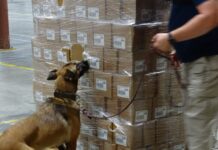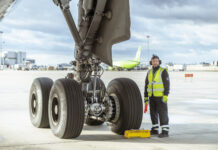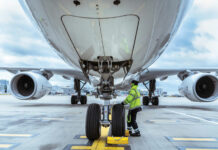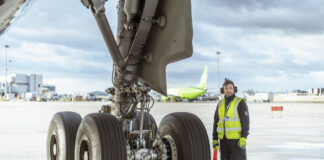

Africa’s air cargo market faces a raft of challenges, despite posting good growth over the last few years.
Kenya Airways commercial director, Peter Musola told delegates in the session ‘Africa – the Big Picture’ at the Africa Air Cargo Summit in Addis Ababa yesterday that these include safety and security, a lack of market access, poor air cargo infrastructure, high production costs – notably the cost of fuel, which he said is 21 per cent higher in Africa than the world average.
Other challenges are complex Customs regimes, corruption and poor governance and volatility of currencies, giving an example of Nigeria, which has suffered by plunging oil prices and owes $0.5 billion to foreign airlines.
Musola also noted that Europe and the MESA (Middle East and South Asia) account for 90 per cent of air cargo volumes into and out of Africa.
However, he said the African market is dealing with low load factors and high capacity, like much of the industry.
The International Air Transport Association’s (IATA) regional director for Africa, Sidy Gueye also explained to delegates there has been pressure on yields and revenues due to rising capacity in the marketplace.
In April, available freight tonne kilometres surged by 25.6 per cent year-on-year, but the load factor dropped to 25.7 per cent.
He also says the market continues to be affected by trade protectionism, agreeing with Musola on the lack of safety and security and also noted there has been an affect on the market from the modal shift of some cargo.
AFRAA secretary general, Elijah Chingosho felt airlines must focus on e-freight to grow business performance: “African air cargo carriers need to minimise costs by introducing more paperless processes.”
Despite his call, Africa had a relatively high electronic air waybill (eAWB) penetration at 53.4 per cent in April with Addis Ababa leading the way with 92.9 per cent. IATA’s industry target for eAWB is 58.5 per cent, but the global average in April was 38.3 per cent, below Africa.












